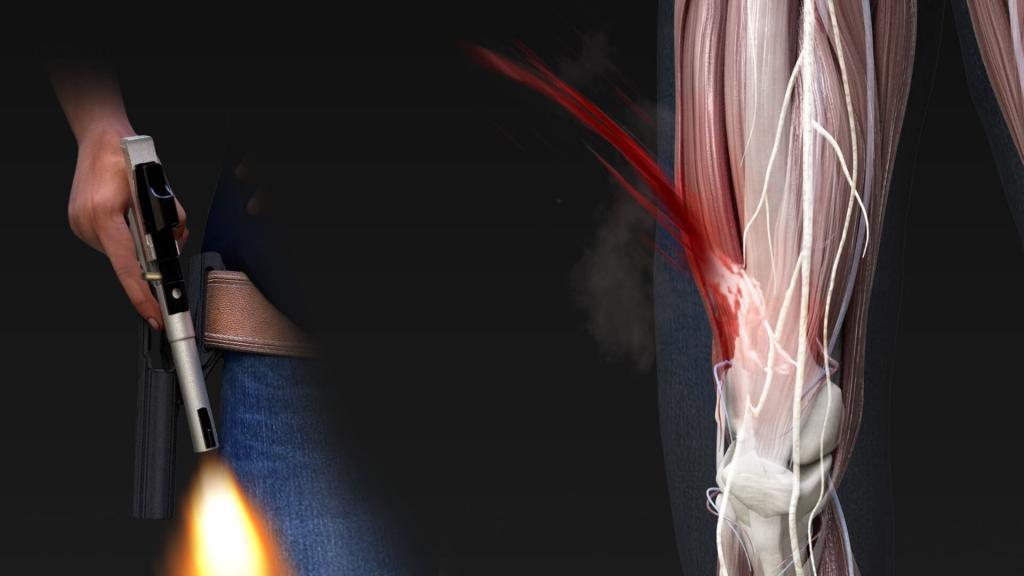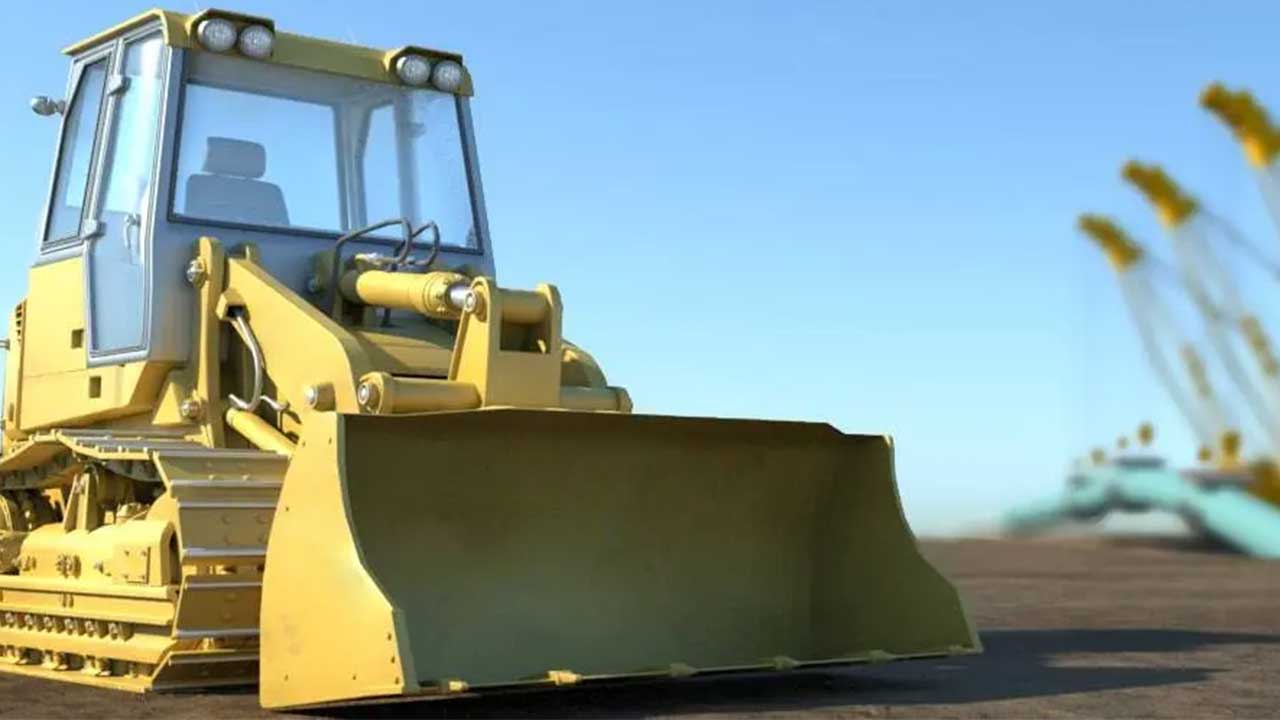Visual learning is much more effective than learning auditorily. This claim has been backed by several pieces of research that encourage the use of visual stimulation. It has also been extended to more advanced learning and right into the courtroom through litigation animation. The end goal is to help the jury, who usually don’t know much about the case’s complexity.
Due to the importance of demonstrative evidence, litigation animation has long since been accepted in courtrooms throughout the US. However, appropriate admissibility rules are in tow to ensure that the provision is not abused. But with the constant use and clamor for litigation animation, the question ringing in many’s hearts has finally come to the forefront.
The question of “Is litigation animation only for multi-million dollar injury cases?” keeps showing up.
Well, the answer is ‘NO,’ and here’s why.
Litigation animation is used for various matters. Some are not even within the confines of civil litigation, where the concept of monetary damages is the norm. The wide range of uses can be very helpful in promoting justice. This ensures criminals do not roam free. Hence, giving the victims and their families the assurance of support from the state.
A case in point is the case of Harris v. State. In this case, the state sued the appellant in a case of first-degree murder. He had testified that he had indeed shot the victim, his close friend, while they were in his vehicle together. However, he claimed it was self-defense since the victim had attacked him with a knife.
With the help of litigation animation, the state could prove otherwise. Based on the gunshot’s trajectory, it was established that the victim was asleep and reclining when he was shot. Litigation animation was used to illustrate this finding.
As crucial as litigation animation is in criminal proceedings, so much more it is in civil litigation. And the use of this demonstrative evidence can assist you if you are holding the shorter end of the stick. Litigation animation basically gives you an edge in the case.

Litigation Animation And Multi-Million Dollars Injury Settlements
You may have seen the news of some sizable personal injury awards while watching television. These stories occasionally appear in the media following a truck accident, a building fire, or other misfortune.
Why do these awards seem to be given out more frequently now than in the past, as you may have even noticed?
How is it possible that these injuries are worth millions of dollars?
The awards are due to several reasons. Naturally, they result from the gravity of the injury. Also, the diligent work of the victims’ attorneys put forth in developing their claims contributes significantly.
Most personal injury claims involve some simple, easily comprehended numbers. These cover medical bills, ongoing therapy, lost income, auto repairs, and other calculable costs. All of these figures can be obtained from receipts and produced in court.
Although there is usually leeway to interpret a hospital bill, many injury claims often involve tough-to-quantify losses. The most severe injuries have long-term consequences for victims and their families. They frequently result in awards for pain and suffering as a result.
These payouts are based on things like the severity of the injury, ongoing discomfort, forced lifestyle adjustments, long-term financial effects, and harm to family members. The victim’s age is also taken into account.
For instance, victims of amputations and other disabling injuries may experience lifelong effects. Their compensation may put a monetary value on their suffering and multiply it by the estimated length of their lives.
Personal injury attorneys attempt to demonstrate to juries how these severe injuries can impair clients’ lives because damages like pain and suffering are more difficult to quantify. They strive to put juries in the position of the victims to better appreciate the victims and their circumstances. All these assists the jury in reaching a just and merited comprehension of the victim’s anguish and suffering.
Cases of this magnitude lead to heavy awards. Hence, one of the ways personal injury attorneys try to demonstrate the severity and the debilitating injuries is by using litigation animation.
Thus, even though multi-million dollar settlements depend on many factors, litigation animation helps amplify the soul of the case to the jury to ensure that they connect deeply to the case while empathizing with the trauma of the victim.
An example of the impact of litigation animation can be seen in a carbon monoxide brain injury case that got settled for $13million. The animation created by the team of professionals at Fox-AE ended a 3 years litigation in less than 24 hours.
However, even if the case merits a multi-million dollar award, the attorney must do a good job. When the attorney does a shabby job of demonstrating the extent of the victim’s anguish, pain, and suffering to the jury, a potential multi-million dollar injury settlement will be lost.
If the attorney does a great job of demonstrating the case, the jury may even move on to award punitive damages against the defendants.
Due to the rarity of punitive damages and the fact that they are often only given when a jury finds that the person or business being sued behaved in a way that merits punishment, the defense attorney can demonstrate through litigation animation how despicable the defendant’s acts were.
Punitive damages could be granted, for instance, if a jury finds that the defendant willfully disregarded reports that a product hurts consumers.
Thankfully, litigation animation is even more appropriate in cases that involve personal injuries of any form that causes trauma and injury. It also helps to visualize the injury and the extent of the damage that has been done to the victim.
With the apparent potential of litigation animation and a case with multiple tales hidden between its folders, it is possible to recover massive compensation.
However, it’s worth noting that even though litigation animation can be used in multi-million dollar cases, it can also be used in cases that do not quite amount to that. What is important is that you can use litigation animation to turn the tides in your favor. Hence, helping the jury see the multi-million dollar potential of your injuries.
Conclusion
There are multi-million dollar cases, million-dollar cases, and even lower than that. In all of these, litigation animation can be utilized appropriately to recover the total value of the case and attain justice. To achieve this, a phenomenal attorney, a formidable litigation animation company like Fox-AE, and a team of experts can come together to explore the limit of the case.





